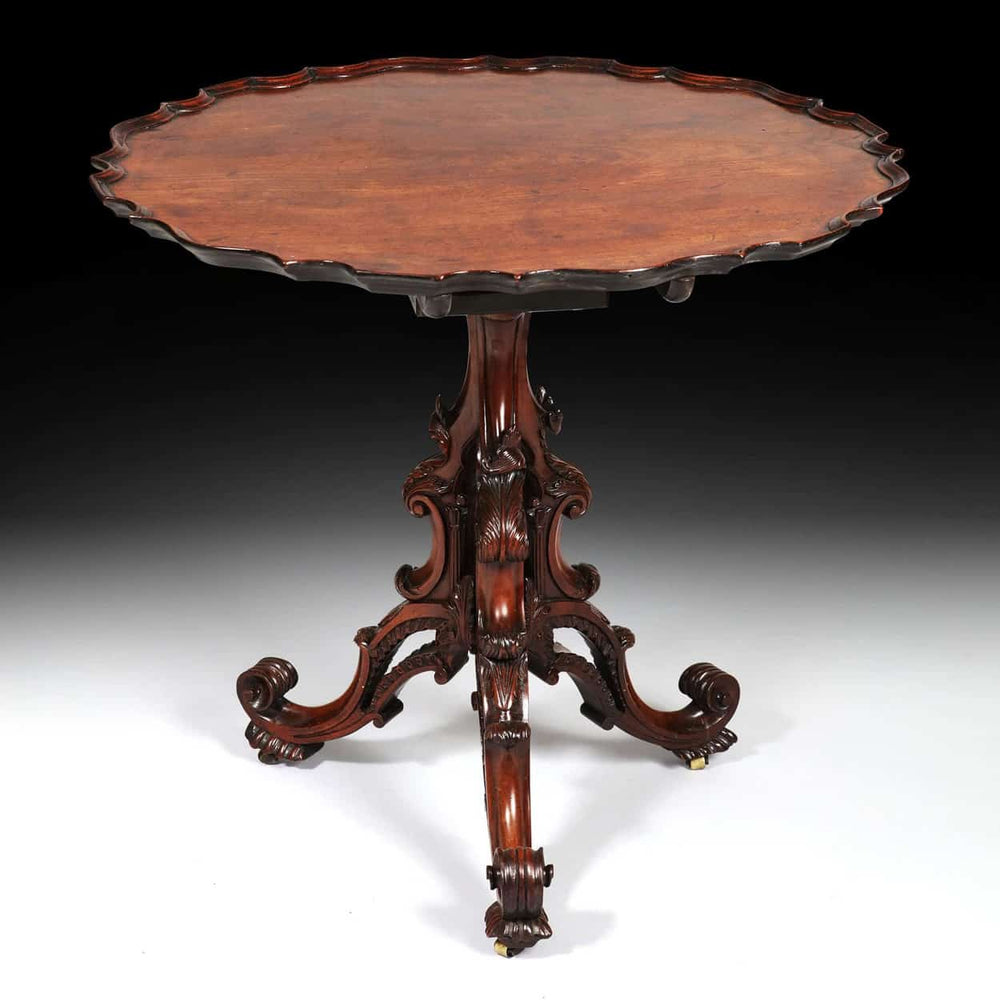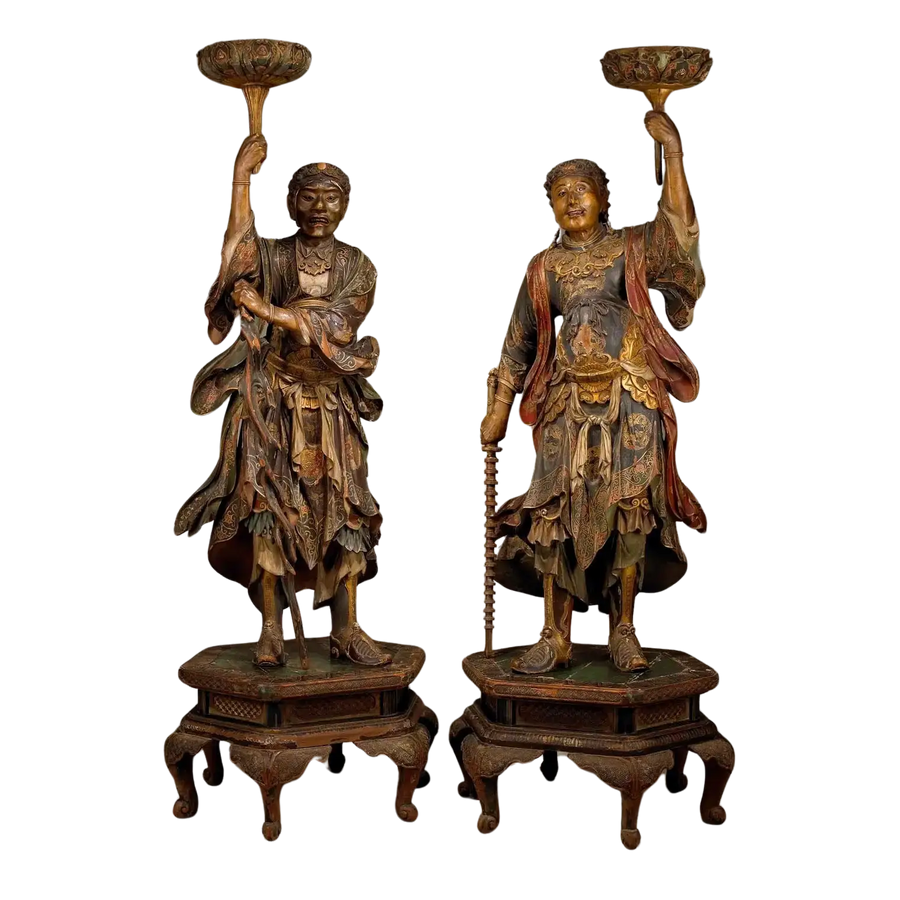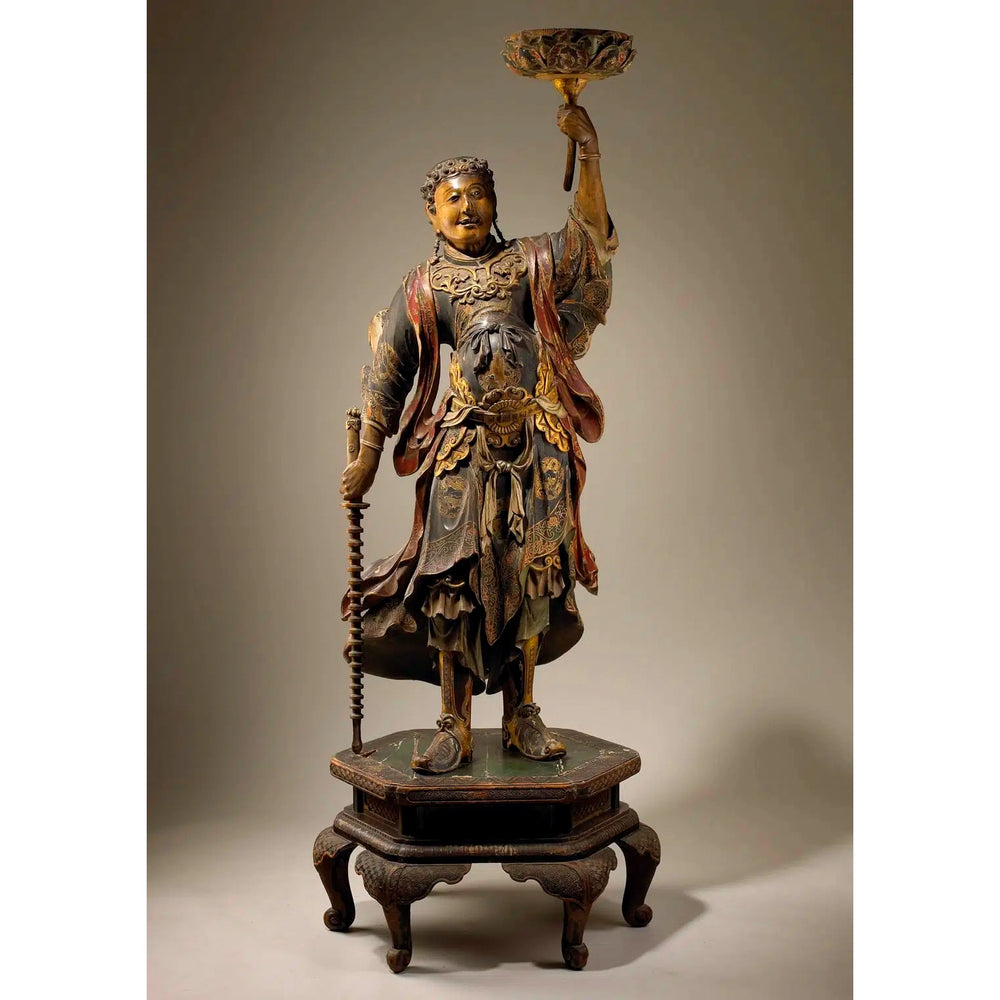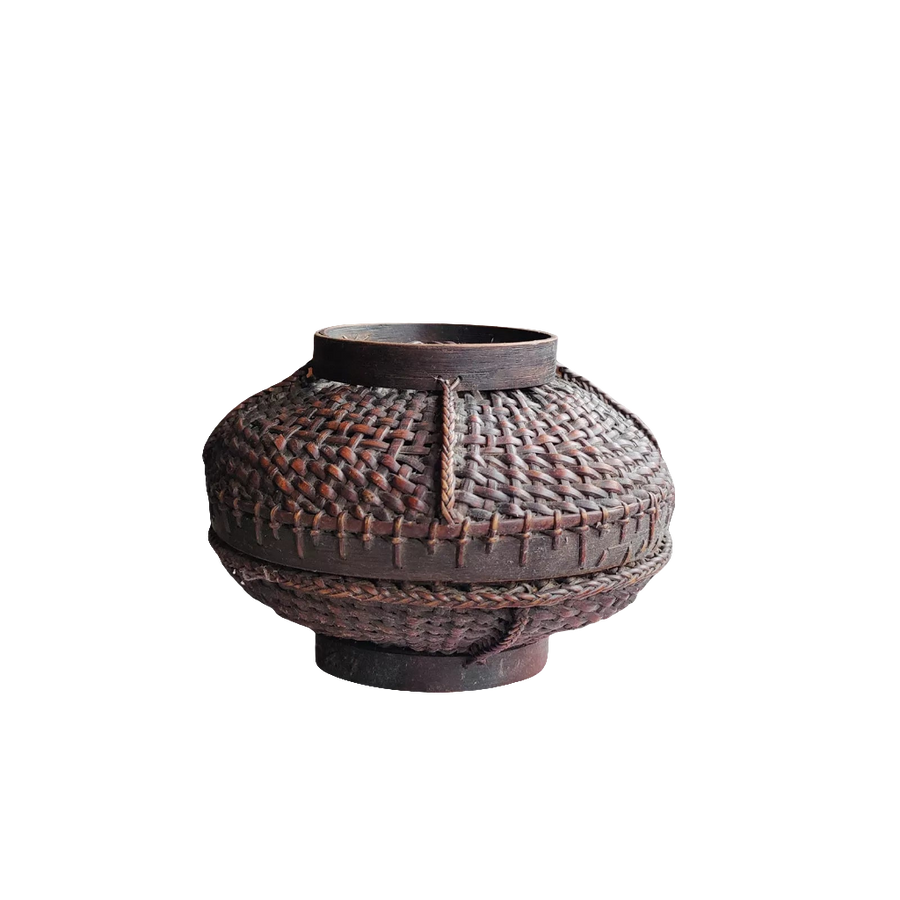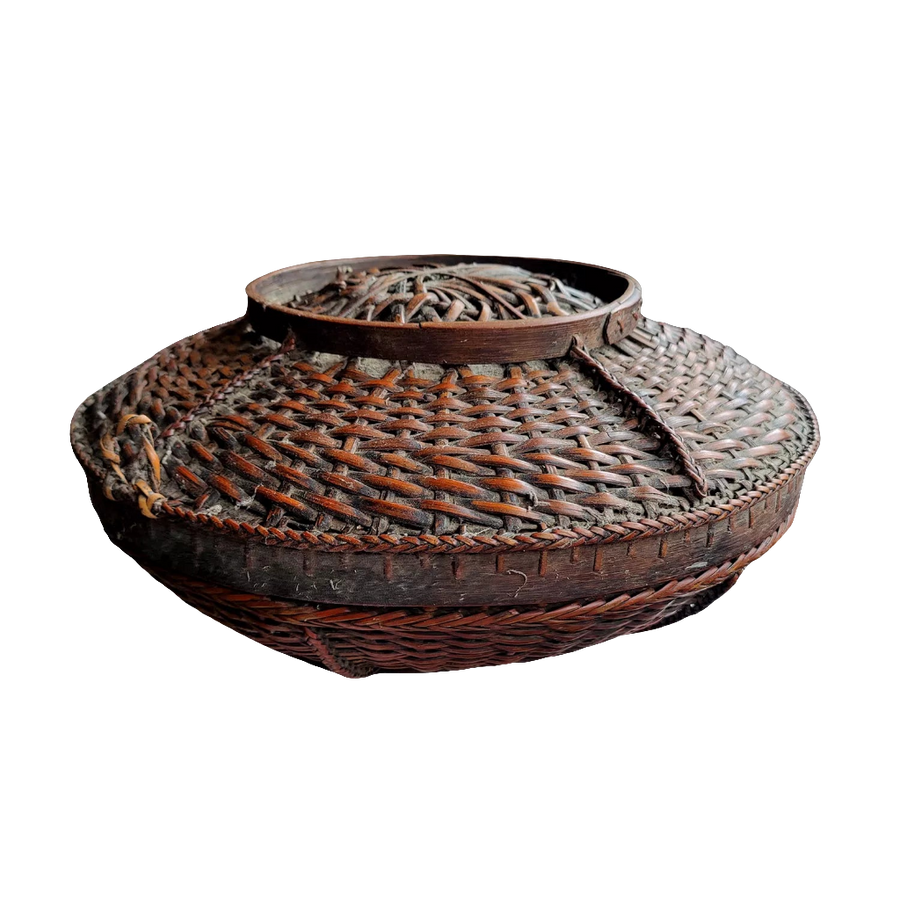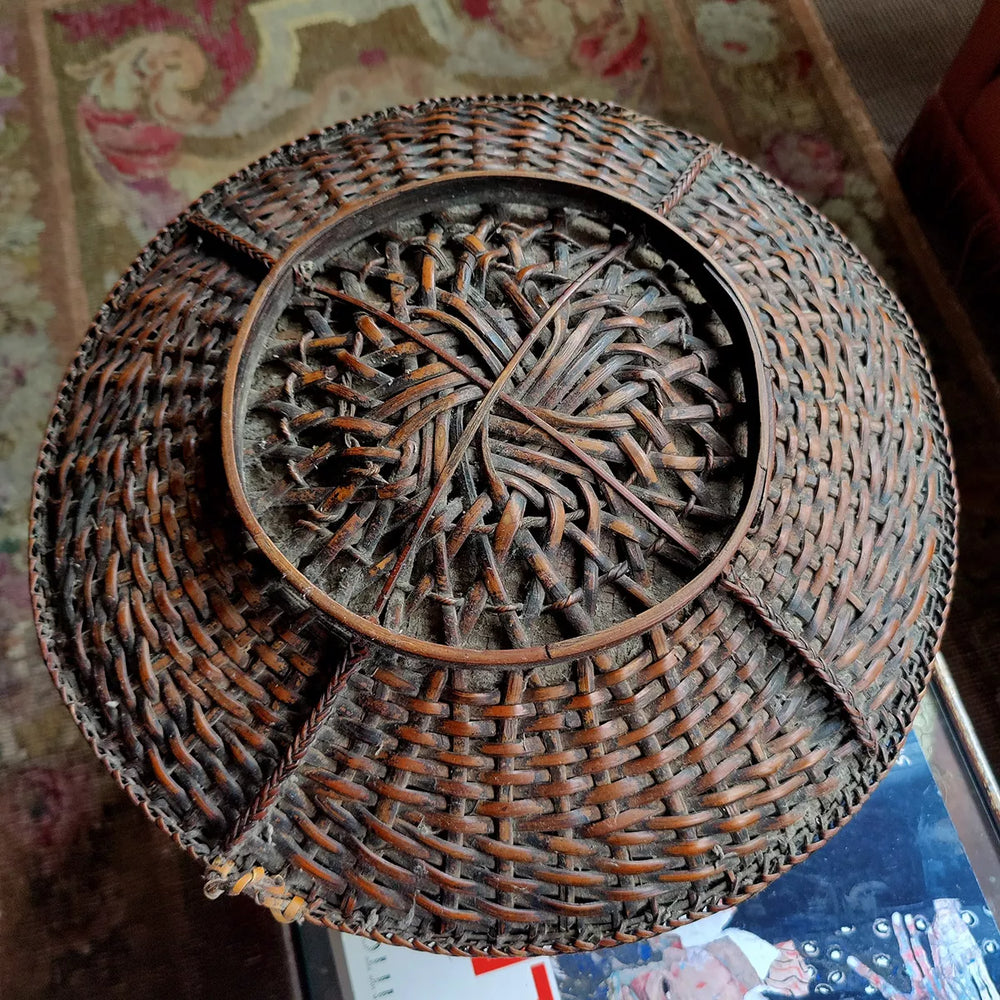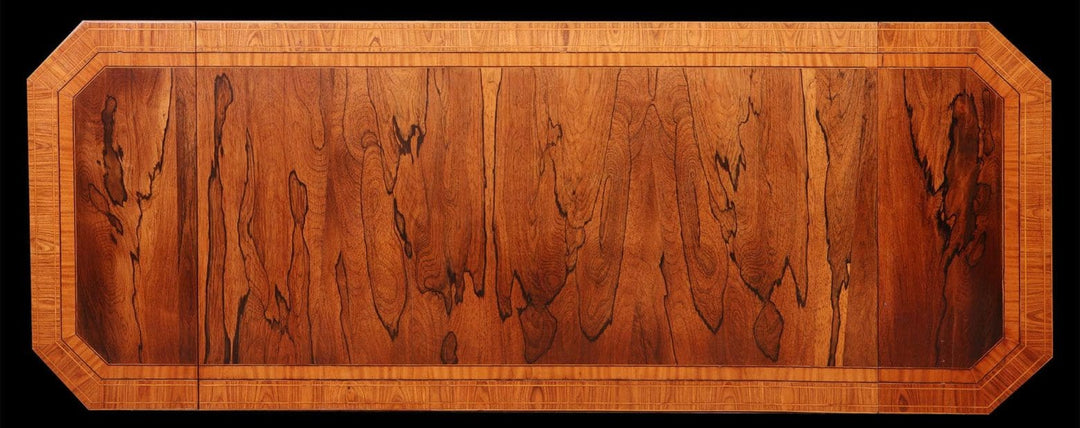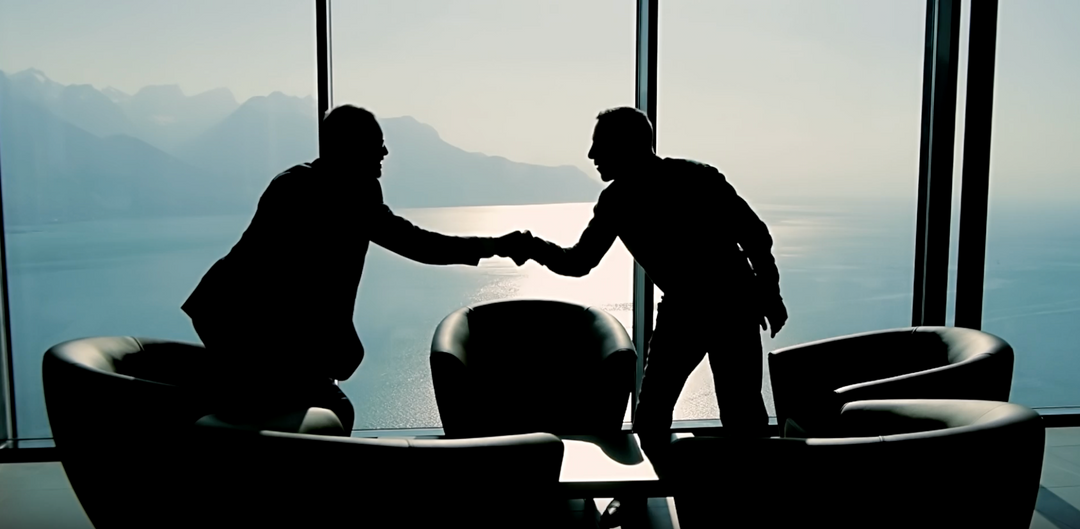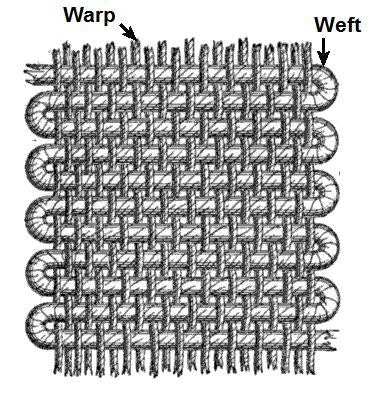
Weaving is one of humanity’s oldest and most fundamental textile techniques. At its core, it involves interlacing two distinct sets of threads — the warp (vertical) and the weft (horizontal) — to create fabric.
Practised for thousands of years across cultures, weaving has evolved from simple handlooms to sophisticated mechanical and digital looms, yet the principle remains unchanged. From humble cloth for everyday use to elaborate tapestries and ceremonial textiles, weaving has always balanced function with artistry.
Its versatility allows immense creativity in pattern, texture, and material — from wool, cotton, and silk to metallic threads and modern synthetics. Across cultures, weaving also serves as a medium of storytelling, with symbolic motifs and regional styles encoding identity, heritage, and meaning.
FAQ: Weaving
What is weaving?
Weaving is the process of interlacing two sets of threads — the warp and the weft — to create fabric.
How old is weaving?
Weaving dates back at least 10,000 years, with evidence of early woven textiles found in ancient Egypt, Mesopotamia, and the Andes.
What materials are used in weaving?
Traditional fibres include wool, cotton, flax, and silk. Modern weaving also uses metallic threads, synthetics, and experimental fibres.
What tools are used for weaving?
Weaving can be done on simple handlooms, frame looms, and backstrap looms, as well as advanced mechanical and digital looms developed during the Industrial Revolution and beyond.
Is weaving purely functional?
No. While weaving produces everyday cloth, it is also an artistic medium. Many cultures use woven textiles to convey symbolic motifs, regional styles, and narratives.
What are some examples of woven art?
Elaborate European tapestries, Peruvian backstrap-woven textiles, Navajo rugs, and Japanese kasuri are all celebrated traditions of weaving as art.
Why is weaving culturally significant?
Textiles often serve as expressions of identity, status, or spirituality. Weaving traditions preserve cultural heritage and pass down stories through generations.





